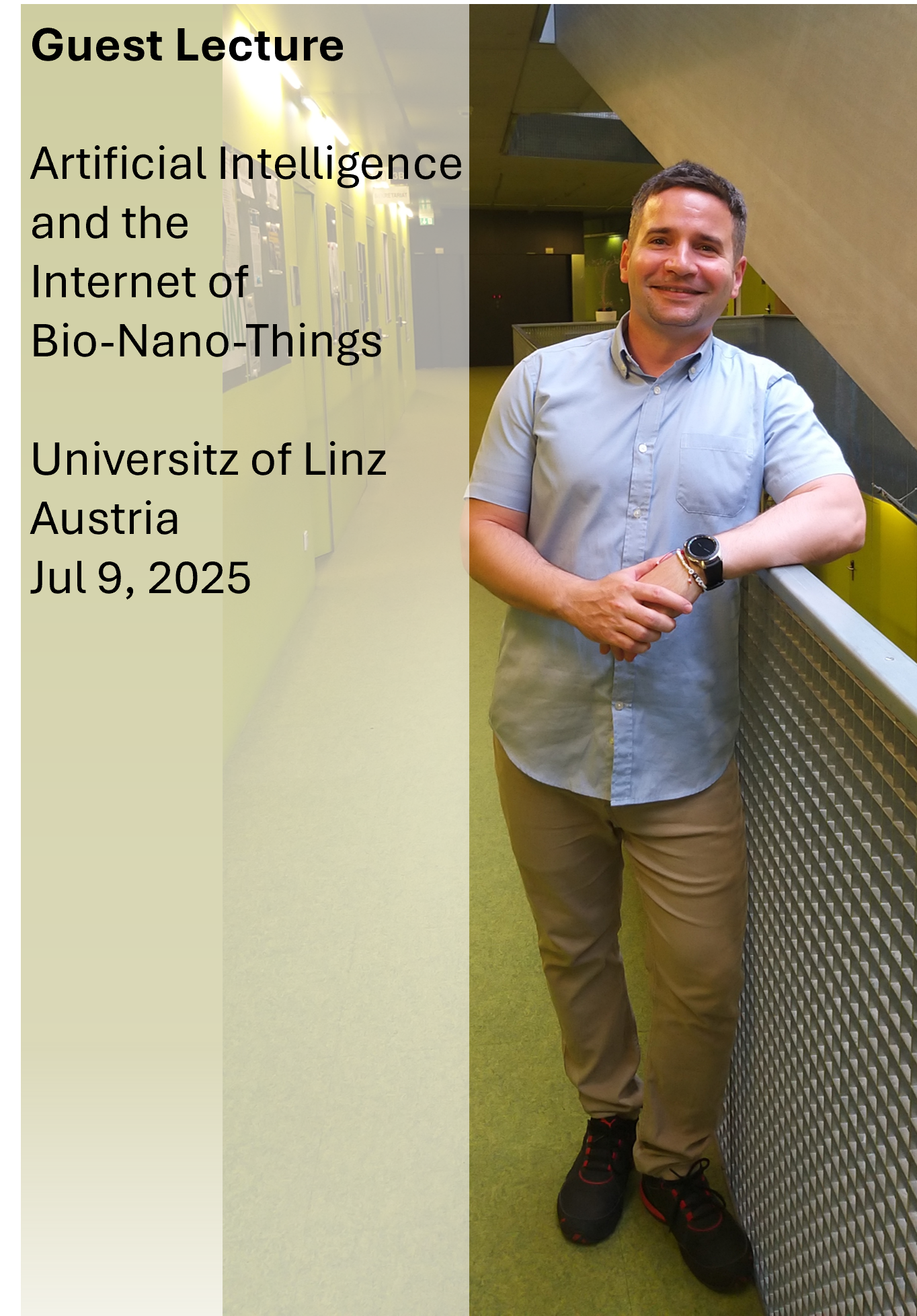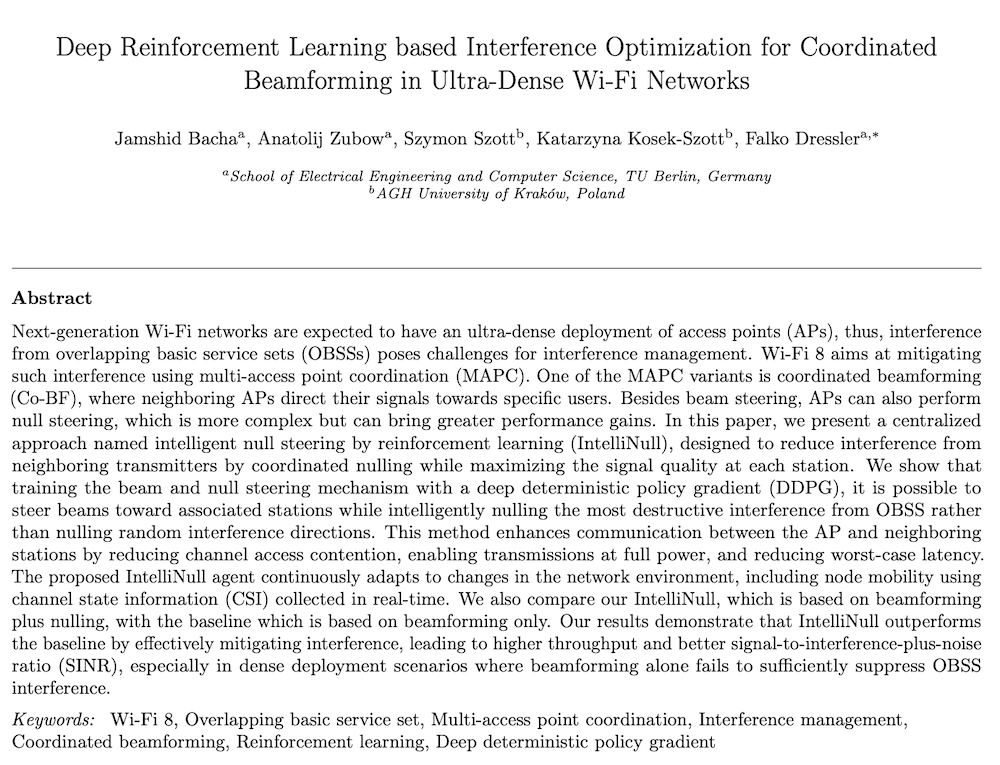Literature Database Entry
dressler2008self-organized
Falko Dressler, "Self-Organized Event Detection in Sensor Networks using Bio-inspired Promoters and Inhibitors," Proceedings of 3rd ACM/ICST International Conference on Bio-Inspired Models of Network, Information and Computing Systems (BIONETICS 2008), Hyogo, Japan, November 2008.
Abstract
Sensor and Actor Networks (SANETs) represent a specific category of massively distributed systems in which coordination and control of the participating networked nodes is especially challenging. Recently, a number of self-organization methods have been published that focus on network-centric operation in such networks. Rule-based Sensor Network (RSN) is a programming approach that supports this kind of operation. It mainly features inherent support for heterogeneous nodes. Until now, the rule execution in RSN is too static for application in highly dynamic environments such as event detection of mobile targets. We present a bio-inspired approach for adaptation of the local rule execution, which is based on an promoter / inhibitor scheme. The application of this biological technique leads to improved reactivity and resource utilization. The advantages are demonstrated based on a comprehensive simulation study.
Quick access
Original Version ![]() (at publishers web site)
(at publishers web site)
Authors' Version ![]() (PDF on this web site)
(PDF on this web site)
BibTeX ![]()
Contact
BibTeX reference
@inproceedings{dressler2008self-organized,
author = {Dressler, Falko},
doi = {10.1145/1512504.1512517},
title = {{Self-Organized Event Detection in Sensor Networks using Bio-inspired Promoters and Inhibitors}},
publisher = {ACM},
address = {Hyogo, Japan},
booktitle = {3rd ACM/ICST International Conference on Bio-Inspired Models of Network, Information and Computing Systems (BIONETICS 2008)},
month = {11},
year = {2008},
}
Copyright notice
Links to final or draft versions of papers are presented here to ensure timely dissemination of scholarly and technical work. Copyright and all rights therein are retained by authors or by other copyright holders. All persons copying this information are expected to adhere to the terms and constraints invoked by each author's copyright. In most cases, these works may not be reposted or distributed for commercial purposes without the explicit permission of the copyright holder.
The following applies to all papers listed above that have IEEE copyrights: Personal use of this material is permitted. However, permission to reprint/republish this material for advertising or promotional purposes or for creating new collective works for resale or redistribution to servers or lists, or to reuse any copyrighted component of this work in other works must be obtained from the IEEE.
The following applies to all papers listed above that are in submission to IEEE conference/workshop proceedings or journals: This work has been submitted to the IEEE for possible publication. Copyright may be transferred without notice, after which this version may no longer be accessible.
The following applies to all papers listed above that have ACM copyrights: ACM COPYRIGHT NOTICE. Permission to make digital or hard copies of part or all of this work for personal or classroom use is granted without fee provided that copies are not made or distributed for profit or commercial advantage and that copies bear this notice and the full citation on the first page. Copyrights for components of this work owned by others than ACM must be honored. Abstracting with credit is permitted. To copy otherwise, to republish, to post on servers, or to redistribute to lists, requires prior specific permission and/or a fee. Request permissions from Publications Dept., ACM, Inc., fax +1 (212) 869-0481, or permissions@acm.org.
The following applies to all SpringerLink papers listed above that have Springer Science+Business Media copyrights: The original publication is available at www.springerlink.com.
This page was automatically generated using BibDB and bib2web.







